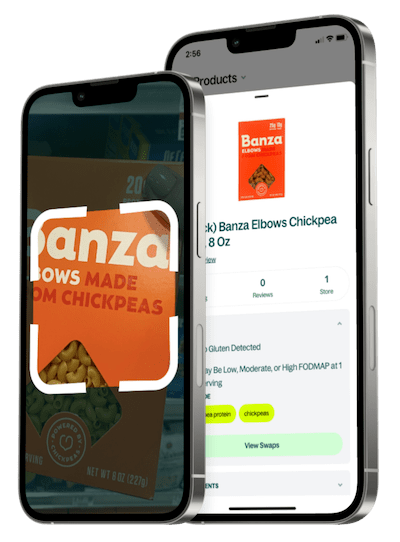Is Nissin The Original Top Ramen Chicken Flavor Ramen Noodle Soup, 3 oz Alpha-Gal?

Description
Instant chicken-flavored ramen offers a savory broth and springy, slightly chewy noodles; commonly prepared quickly as a solo meal, a base for added proteins or vegetables, or a late-night snack. Reviewers cite consistent flavor and convenience, economical packaging, and occasional comments about pronounced seasoning intensity and adaptable to many preparations.

Description
Instant chicken-flavored ramen offers a savory broth and springy, slightly chewy noodles; commonly prepared quickly as a solo meal, a base for added proteins or vegetables, or a late-night snack. Reviewers cite consistent flavor and convenience, economical packaging, and occasional comments about pronounced seasoning intensity and adaptable to many preparations.
Ingredients
Enriched Flour (Wheat Flour, Niacin, Reduced Iron, Thiamine Mononitrate, Riboflavin, Folic Acid), Palm Oil, Salt, Contains Less Than 2% Of: Autolyzed Yeast Extract, Citric Acid, Disodium Guanylate, Disodium Inosinate, Disodium Succinate, Dried Leek Flake, Egg White, Garlic Powder, Hydrolyzed Corn Protein & Soy Protein, Lactose, Maltodextrin, Natural Flavor, Onion Powder, Potassium Carbonate, Potassium Chloride, Powdered Chicken, Rendered Chicken Fat, Silicone Dioxide, Sodium Alginate, Sodium Carbonate, Sodium Tripolyphosphate, Soybean, Spice And Color, Succinic Acid, Sugar, Tbhq, Wheat, Contains Wheat, Egg, Milk, Manufactured In A Facility That Also Processes Peanut, Tree Nuts, Crustacean Shellfish, Fish Products
What is a Alpha-Gal diet?
An Alpha-Gal diet eliminates mammalian meat and products containing mammalian-derived ingredients to prevent allergic reactions in people with alpha-gal syndrome. This includes beef, pork, lamb, dairy products, gelatin, and certain medications derived from mammals. The condition involves a specific sugar molecule found in most mammals, often triggered after a tick bite. People may experience delayed allergic reactions 3-6 hours after consuming trigger foods. The diet focuses on safe alternatives like poultry, fish, and plant-based proteins. When followed carefully, often with guidance from an allergist or dietitian, it can prevent serious reactions while maintaining adequate nutrition.
Similar Products
MARUCHAN RAMEN NOODLE SOUP CHICKEN FLAVOR
CAMPBELL'S, CONDENSED SOUP, CHICKEN NOODLE, CHICKEN NOODLE
Blue Bell Ice Cream The Original Homemade Vanilla Flavor
Progresso Traditional Soup Chicken Noodle w White Meat 19oz. Can
LIPTON, SOUP SECRETS, SOUP MIX WITH REAL CHICKEN FLAVOR BROTH, EXTRA NOODLE, EXTRA NOODLE


